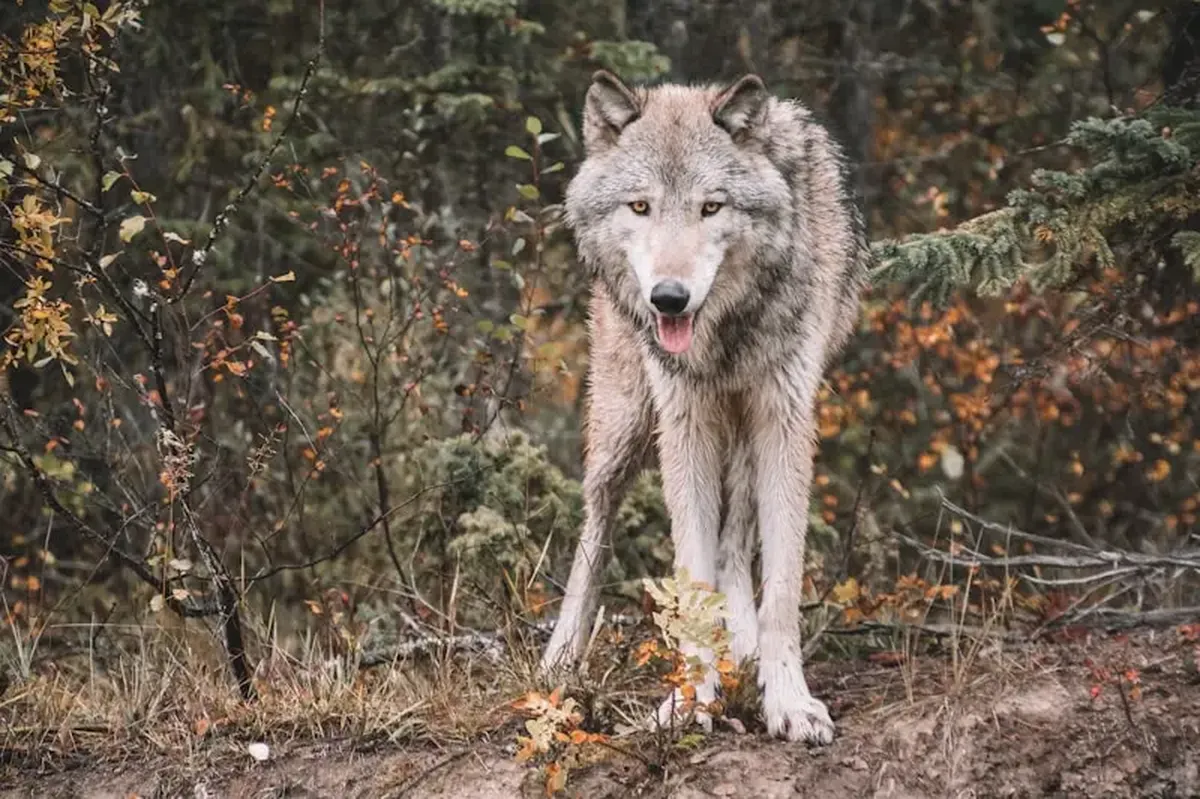In Ethiopia, a representative of a local wolf species (Canis simensis) was captured on research video enthusiastically licking flowers. Scientists have speculated that these predators, known as Ethiopian wolves or red jackals, might play a role akin to that of giant terrestrial bees. The footage showed the wolves savoring the sweet, sticky nectar of the Kniphofia foliosa plant, commonly referred to as the red hot poker, with their white muzzles dusted yellow with pollen. Ecologist Sandra Lye from the University of Oxford and her team suspect that these hardy carnivores may be transferring pollen from one plant to another. This makes the Ethiopian wolf the first known example of a large pollinator. “We observed that the wolves seek nectar from K. foliosa flowers, which leave a relatively large amount of pollen on their faces; thus, it can be inferred that they may contribute to pollination,” the researchers noted in their report, emphasizing that further studies are needed to confirm this hypothesis.
If the scientists’ conclusions are correct, these endangered wolves will join an exceptional yet charming group of non-flying mammals that pollinate plants. Biologists refer to this trait as therophily, which also applies to certain rodents, primates, moles, and honey possums. What else did the researchers report? Over years of fieldwork, Sandra Lye and her colleagues have noticed a periodic inclination of wolves toward sugar. During their current four-day study, they tracked six different wolves from various packs. The team observed that one wolf visited about 30 flowers in a single foraging trip. “I first learned about the nectar of the red hot poker when I saw herding children in the Bali mountains licking these flowers,” said ecologist Claudio Sillero from the University of Oxford. “Then I tasted it—the nectar was pleasantly sweet.”
Flowers that rely on mammal pollination are typically robust or have special adaptations, and the red hot poker is no exception. Its numerous blossoms cluster around the top of a stem that can reach a meter in height, as reported by Science Alert. Nearly 90 percent of flowering plants on Earth are pollinated by animals. The results of this new study suggest that the role of lesser-known pollinators may be more significant than previously thought by scientists. Most mammals involved in pollination tend to be small or medium-sized and arboreal, such as bats or sugar gliders. Some carnivorous mammals that consume nectar are small-bodied, like civets or raccoons.
The Ethiopian wolf, with a wild population of fewer than 500 individuals, is a well-known predator in Africa. Like many endangered species, this unique wolf primarily feeds on rodents that inhabit Africa’s mountainous regions, and it likely treats itself to floral desserts as well. Like its main prey, this wolf is found only on seven mountain ranges at elevations above 3,000 meters. Genetic studies suggest that these animals are representatives of a remnant ancestral group of canids that eventually evolved into gray wolves. “These results highlight how much more there is to learn about one of the world’s most vulnerable predators,” noted Ms. Lye. The findings from the study were published in the journal Ecology.

